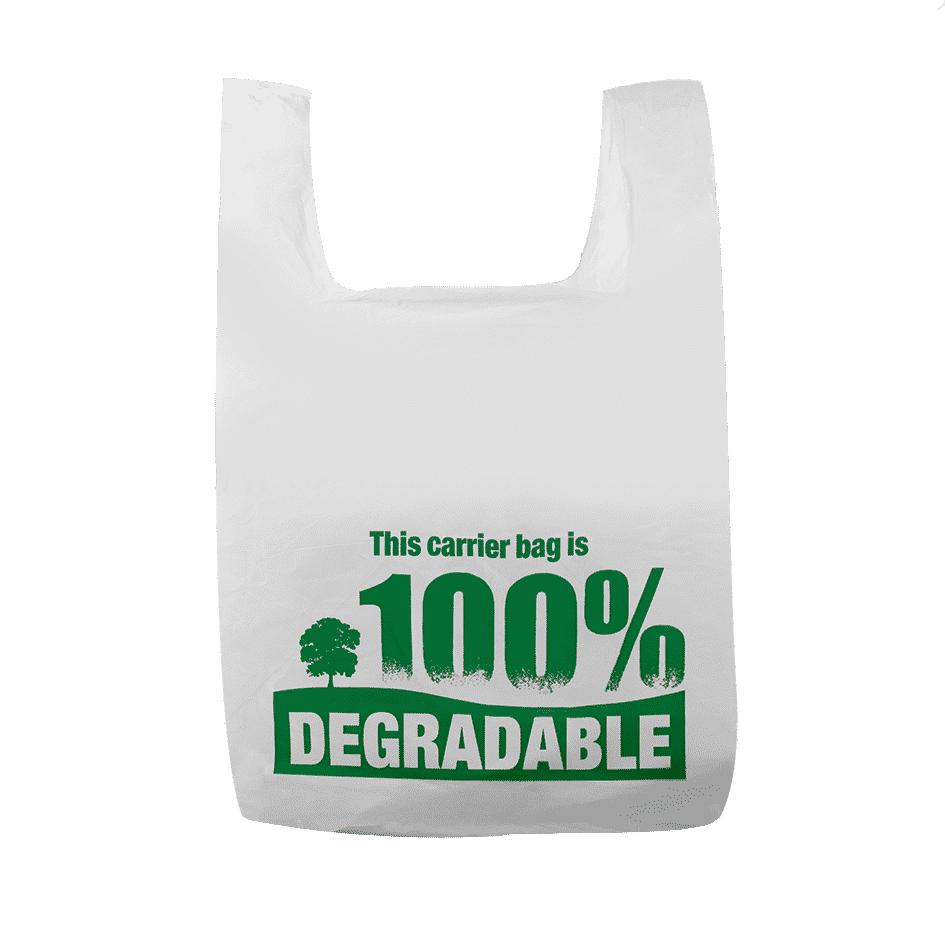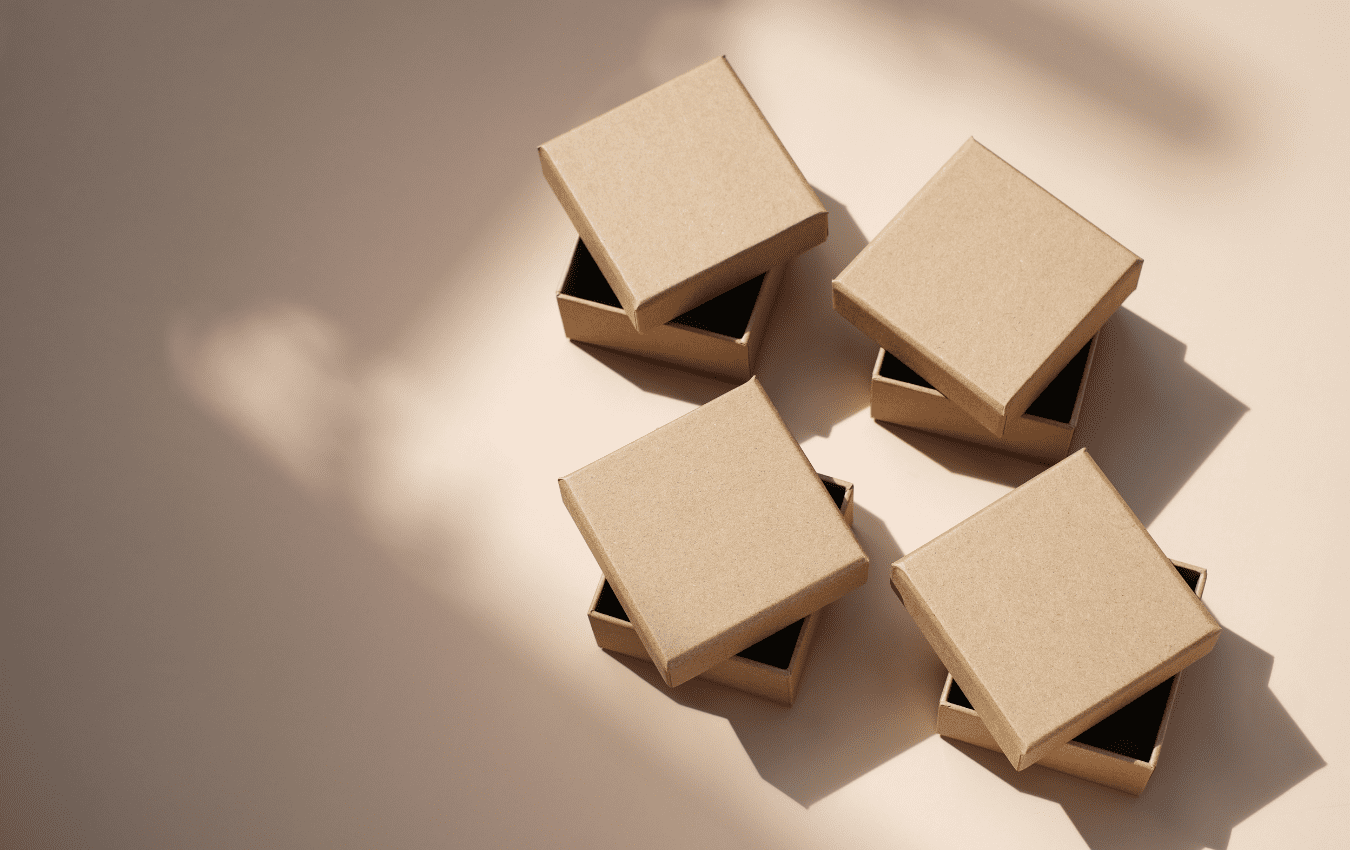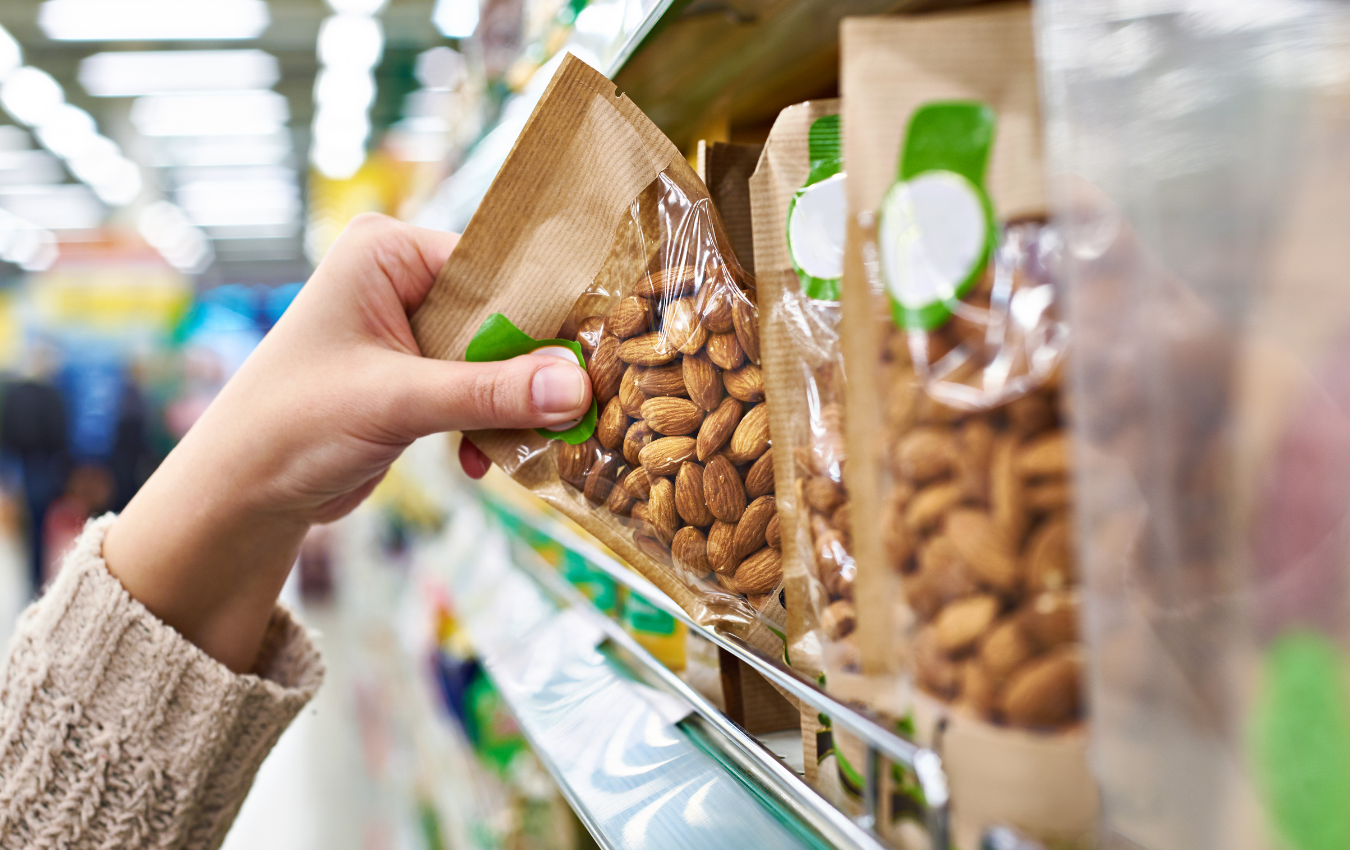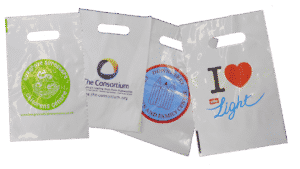Home » Circular Packaging: An Introduction to Closed-Loop Systems
Circular Packaging: An Introduction to Closed-Loop Systems

The increasing demand for consumer goods and the resulting surge in packaging waste have prompted a growing concern for the impact of packaging on the environment. With the current linear model of packaging, where packaging is manufactured, used and then discarded, the amount of waste generated by packaging continues to rise. This has led to a growing demand for sustainable solutions, and that’s where circular packaging comes in.
Circular packaging is a closed-loop system, where packaging is designed to be reused, recycled, or biodegraded after use, creating a closed loop of production, consumption, and recovery. This system not only reduces waste but also promotes resource efficiency, conserves resources, and minimizes the environmental impact of packaging. The goal of circular packaging is to create a sustainable packaging system that reduces the environmental impact of packaging and minimizes waste.
This blog post will provide a comprehensive explanation of circular packaging, exploring its benefits, differences from traditional linear packaging, and real-world examples. It will provide a clear understanding of why circular packaging is the future of sustainable packaging, and the role it plays in reducing the impact of packaging on the environment.
Linear vs Circular Packaging
The traditional model of packaging, known as linear packaging, operates on a “take-make-waste” cycle. In this model, packaging is manufactured, used for its intended purpose, and then disposed of, resulting in a large amount of waste. This model has a significant impact on the environment, as waste generated by packaging contributes to landfills, ocean pollution, and greenhouse gas emissions.
In contrast, circular packaging operates on a closed-loop system, where packaging is designed to be reused, recycled, or biodegraded after use. This model minimizes waste and conserves resources, through reuse and recycling. Circular packaging encourages the creation of a sustainable packaging system where packaging is used, recycled, and reused, reducing the amount of waste generated and the need for new resources.
The main difference between linear and circular packaging lies in their approach to waste management. Linear packaging views waste as a problem to be disposed of, while circular packaging views waste as a resource to be utilized. This shift in perspective is crucial in reducing the impact of packaging on the environment and creating a sustainable packaging system.
In conclusion, linear packaging operates on a “take-make-waste” model, while circular packaging operates on a closed-loop system where packaging is reused, recycled, or biodegraded after use. The shift from linear to circular packaging is crucial in reducing the environmental impact of packaging and promoting sustainability.

Circular Packaging Benefits
Circular packaging provides numerous benefits over traditional linear packaging, including:
- Reduced waste: One of the key benefits of circular packaging is that it reduces the amount of waste generated by packaging. By designing packaging to be reused, recycled, or biodegraded after use, waste is minimized, and the impact of packaging on the environment is reduced.
- Increased resource efficiency: Circular packaging promotes resource efficiency by conserving resources through reuse and recycling. This reduces the need for new resources, leading to more sustainable production and consumption patterns.
- Lower environmental impact: By reducing waste and conserving resources, circular packaging minimizes the environmental impact of packaging. This includes reducing greenhouse gas emissions, reducing the amount of waste in landfills and oceans, and preserving natural habitats and ecosystems.
- Cost savings: Implementing circular packaging can lead to cost savings, as the need for new packaging materials is reduced. This can result in lower production costs, as well as reduced waste management costs.
- Improved brand image: Companies that adopt circular packaging can benefit from improved brand image and customer loyalty. Consumers are becoming increasingly environmentally conscious, and companies that adopt sustainable packaging practices are seen as more responsible and environmentally friendly.
In conclusion, the benefits of circular packaging are numerous, ranging from reduced waste and increased resource efficiency to lower environmental impact and cost savings. Implementing circular packaging is crucial in creating a sustainable packaging system and reducing the impact of packaging on the environment.
Examples of Circular Packaging
There are many real-world examples of circular packaging that demonstrate the potential of this approach to create a sustainable packaging system. Some of these include:
- Reusable packaging: Reusable packaging, such as refillable water bottles, food containers, and shopping bags, is one of the most straightforward examples of circular packaging. This type of packaging is designed to be used multiple times, reducing waste and conserving resources.
- Recyclable packaging: Recyclable packaging, such as paper and corrugated, is another example of circular packaging. This type of packaging can be recycled after use, reducing waste and conserving resources.
- Biodegradable packaging: Biodegradable packaging, such as biodegradable plastics and plant-based materials, is designed to break down into natural substances after use, reducing waste and minimizing the impact of packaging on the environment.
- Circular economy systems: Circular economy systems, such as closed-loop recycling programs and product-as-a-service models, are another example of circular packaging. These systems are designed to keep resources in use for as long as possible, reducing waste and conserving resources.
- Bioplastics: Bioplastics, such as starch-based plastics and plant-based materials, are a more sustainable alternative to traditional petroleum-based plastics. These materials are designed to be biodegradable, reducing waste and minimizing the impact of packaging on the environment.
In conclusion, there are many real-world examples of circular packaging, including reusable packaging, recyclable packaging, biodegradable packaging, circular economy systems, and bioplastics. These examples demonstrate the potential of circular packaging to create a sustainable packaging system and reduce the impact of packaging on the environment.

Summary: Circular Packaging
In conclusion, circular packaging represents a significant shift from traditional linear packaging and is crucial in creating a sustainable packaging system. By designing packaging to be reused, recycled, or biodegraded after use, waste is minimized, and resources are conserved. The benefits of circular packaging are numerous, including reduced waste, increased resource efficiency, lower environmental impact, cost savings, and improved brand image.
The shift towards circular packaging is already underway, with many companies and organizations adopting this approach to minimize the impact of packaging on the environment. However, there is still much work to be done, and a coordinated effort is needed to fully realize the potential of circular packaging. This includes collaboration between governments, businesses, and consumers, as well as the development of new technologies and infrastructure to support circular packaging.
In conclusion, circular packaging offers a path towards a more sustainable and responsible future, and it is up to all of us to work together to make this a reality. By embracing circular packaging, we can reduce waste, conserve resources, and minimize the impact of packaging on the environment, creating a more sustainable future for generations to come.
If you are interested in circular packaging solutions, then contact Brown Packaging today to get started.
With new tariff proposals and continued trade uncertainty, 2026 is shaping up to be another pivotal year for packaging sourcing strategy. Many companies that shifted
Following multiple rounds of tariff changes and trade policy adjustments, 2026 marks a turning point for U.S. packaging buyers. Many who previously transitioned from China
Shifting packaging production from China to the U.S. can help stabilize costs, reduce tariff exposure, and shorten lead times. But the transition process requires careful
RSC boxes are known for their efficiency and versatility, but their performance ultimately comes down to strength. Buyers often see numbers like ECT, BCT, and
In packaging, foam isn’t just about initial protection — it’s about maintaining performance over the entire shipping or storage cycle. Compression set and recovery characteristics
Pouches are a go-to for flexibility and convenience, but they can fail in critical ways—from poor seals to punctures and delamination—that hurt performance and brand
Home » Circular Packaging: An Introduction to Closed-Loop Systems

Incorporating recycled fiber into corrugated board is essential for sustainability goals, but it directly affects the mechanical properties of packaging. Understanding how fiber composition influences

As the world becomes more environmentally conscious, companies are looking for ways to reduce their impact on the planet. One of the ways that they

The flexible packaging industry is experiencing a significant evolution as it leans into more sustainable practices. Amid growing environmental concerns, there’s a strong movement within


